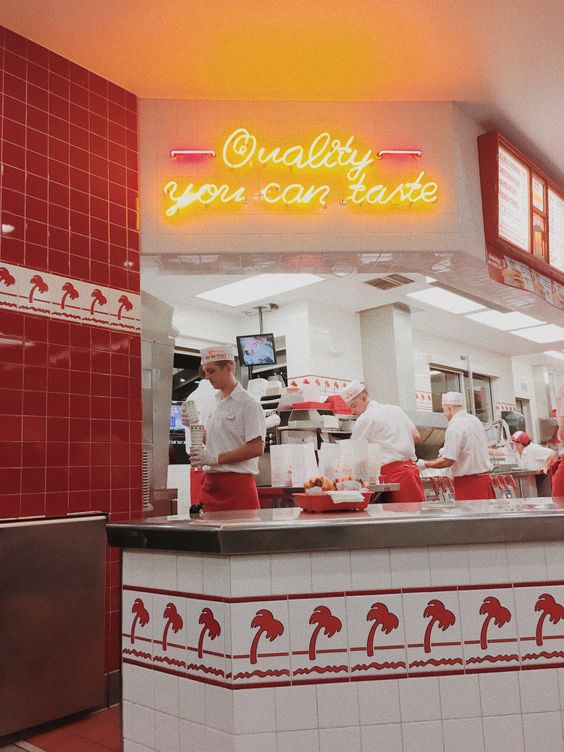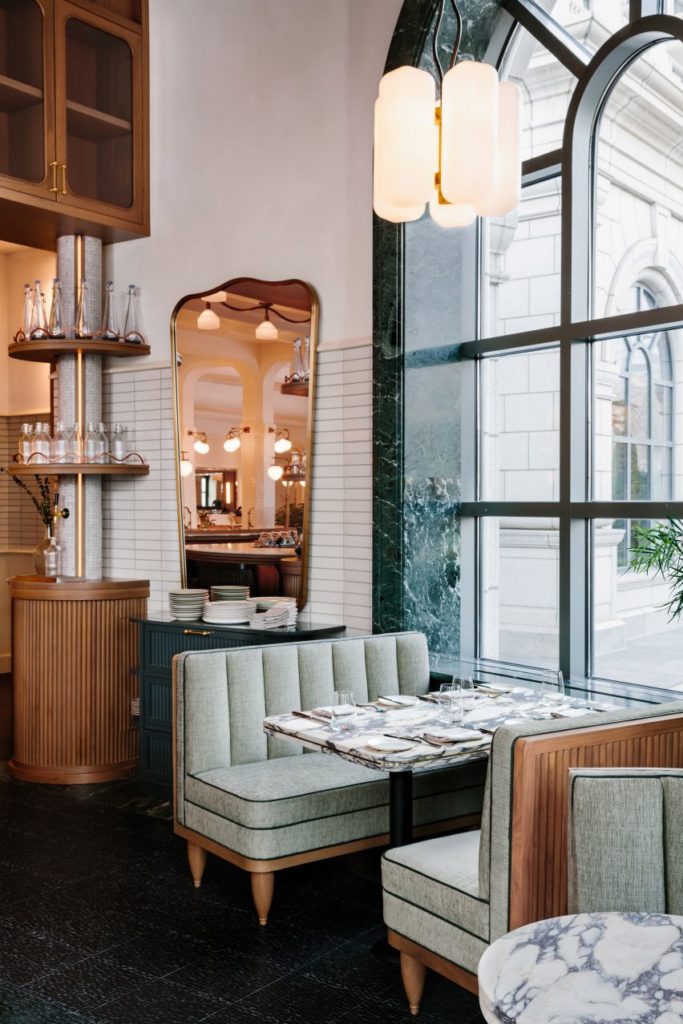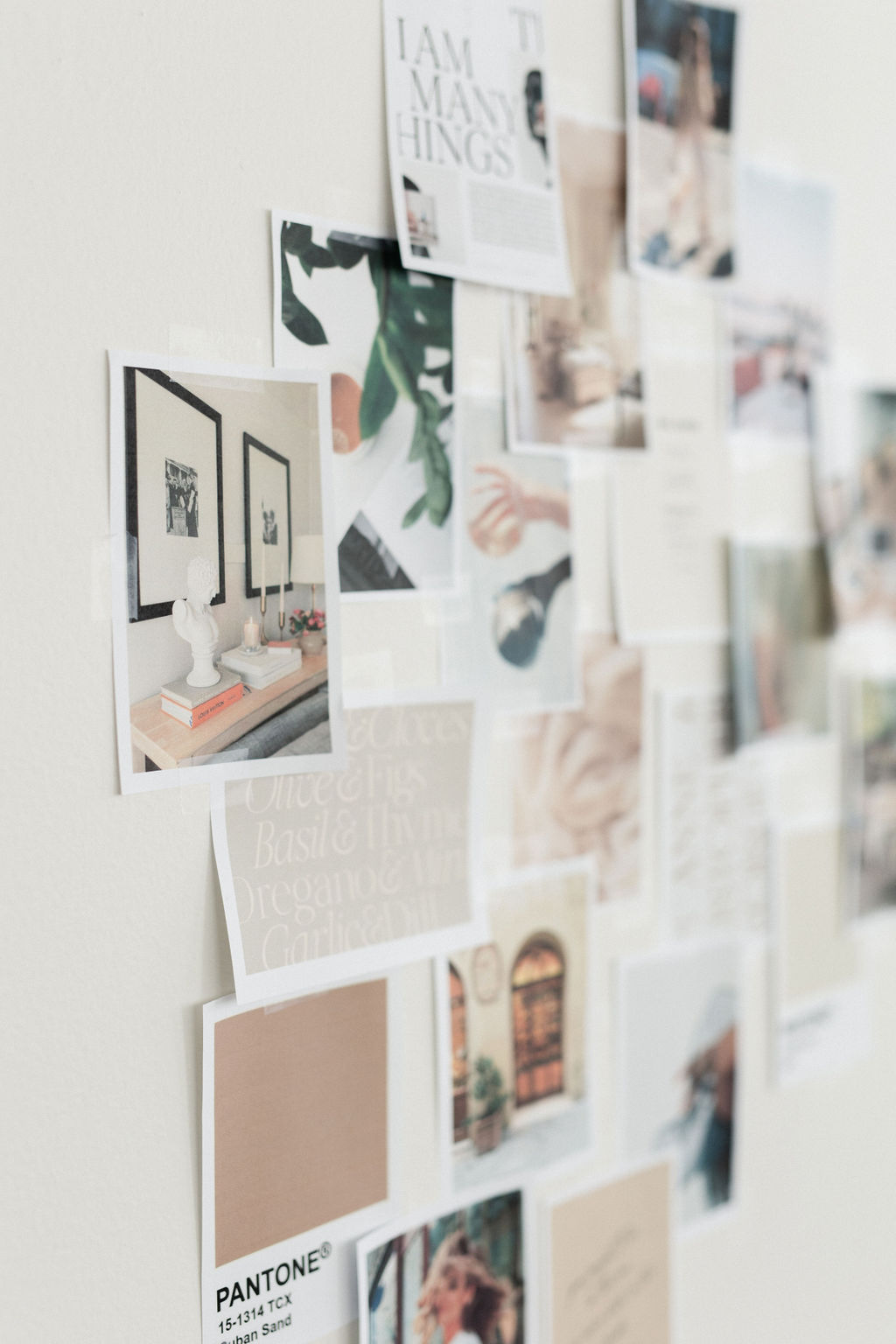As a designer, one of my favorite aspects of design is color psychology. As humans, we are highly visual beings, and color plays a significant role in our lives. From the colors we wear to the colors we choose for our home decor, we make choices based on our personal preferences and how they make us feel. But did you know that color can have a significant impact on our emotions and behavior? This is where color psychology comes in. In this blog post, we’ll explore color psychology, the meaning and influence of color, and how it can impact our lives.
One of the very first classes I took in design school was Color & Design Theory. It was an introductory class on the principles and elements of color and design theory. When I started designing brands back in 2020, it was memories of classes like this one that allowed me to see just how much of my design school education translated to this new chapter of my career.
The Basics of Color Theory
Lucky for you, you don’t have to sit through a 10-week class to understand the basics of color theory, I’ll give you the rundown on what you need to know.
Color theory is essentially the study of how colors interact with each other, how they can be combined, and how they affect the emotions and perceptions of people. It involves understanding the properties of color, such as hue, saturation, and brightness, as well as how colors can be combined to create new colors or affect the overall mood of a design or composition.
Color theory is used in a variety of fields, including art, graphic design, interior design, fashion, and advertising. By understanding the principles of color theory, you can create harmonious and aesthetically pleasing color schemes, evoke certain emotions or moods, and effectively communicate messages to your audience.
On the list of supplies for that Color & Design Theory class, was a color wheel. A color wheel is a visual tool used in color theory to organize colors and demonstrate their relationships with one another. It is based on the color spectrum, which is the range of colors visible to the human eye and includes primary, secondary, and tertiary colors.
The primary colors are red, yellow, and blue, and they cannot be created by mixing any other colors. The secondary colors are green, orange, and purple, and they are created by mixing two primary colors together. Tertiary colors are created by mixing a primary color with a secondary color. Think of colors like teal and magenta.
Warm and cool colors are also important to consider when exploring color psychology. Warm colors, such as red, orange, and yellow, tend to evoke feelings of warmth, energy, and excitement. Cool colors, such as blue, green, and purple, tend to evoke feelings of calmness, relaxation, and serenity.
The Basics of Color Psychology
Now that you understand the basics of color theory, we can dive into color psychology. Each color has a different meaning and association, both culturally and historically. For example, in Western cultures, red is associated with love, passion, and danger, while in other cultures, it is associated with good luck and prosperity. Blue is often associated with trust, loyalty, and wisdom, while yellow is associated with happiness and optimism.
Industries and brands also use color to convey a message or emotion. For example, fast-food chains often use red and yellow to evoke feelings of excitement and hunger, while healthcare brands often use blue to convey trust and professionalism.
The Influence of Color on Emotions and Behavior
Color can have a significant impact on our emotions and behavior. Studies have shown that warm colors can increase our heart rate and stimulate our appetite, while cool colors can have a calming effect and reduce stress levels. In marketing, the use of color can influence purchasing decisions and increase brand recognition.
Applying Color Psychology to Design and Marketing
In the world of design, branding, and marketing, color can be a powerful tool for evoking emotion and influencing behavior. Designers and marketers can use color psychology to their advantage by selecting colors that evoke the desired emotion or behavior. For instance, a personal finance coach might choose a green color scheme to convey stability and growth, while a personal trainer might choose a vibrant orange to inspire energy and motivation.
Similarly, the colors a restaurant chooses can impact a customer’s dining experience. Warm colors like red and yellow can stimulate appetite and create a sense of excitement, making them popular choices for fast-food chains. On the other hand, cool colors like blue and green can create a calming atmosphere, which is often preferred in fine dining establishments.


It’s important to remember that the impact of color is not universal and can vary based on cultural and personal associations. Understanding the cultural and personal significance of color is crucial for selecting a color palette that resonates with your audience and effectively communicates your message. It’s also essential to consider color contrast and how colors work together to create a cohesive and visually appealing design.
Understanding the meaning and influence of color is essential for anyone looking to use color effectively in their personal or professional life. By understanding the basics of color psychology, the meanings and associations of different colors, and the impact of color on emotions and behavior, you can make informed choices and create designs and marketing strategies that truly resonate with your audience. So, whether you’re selecting a color scheme for your website or choosing an outfit for a press interview, keep color psychology in mind and choose colors that make you feel your best and align with your purpose.
Thank you for reading! I am so happy you’re here!
If we haven’t met yet, hello! I’m Christiana Nicole—founder of Briarcroft Lane Design Studio, Brand Strategist, and Showit Website Designer for creative entrepreneurs and intentional small business owners, like yourself!
If you want even more branding, website design, and business content and resources, here are a few ways that I can support you in your branding & website journey:
Subscribe to my newsletter! On Sundays, I send out my beloved weekly newsletter, Sunday Style & Strategy, featuring business, marketing, and design tips and resources you’ll actually use. Delivered straight to your inbox plus what we’re inspired by and obsessing over this week. Subscribe for actionable strategies, design inspiration, and business resources, every Sunday!
Read the Briarcroft Lane blog. The modern founder’s one-stop-shop for all things business, branding, and Showit website design. Need a recommendation on what to read next? If you liked this post, I think you’d enjoy How to Design a Website That Converts or The Power of Branding: How to Build a Memorable Brand.
Browse The Resource Edit. Over the years, I found myself recommending the same business tools, educators, and products to my clients over and over again. I wanted a place I could share everything that has supported me in my business with business friends like you. The Resource Edit is my library of free resources, business tools, favorite digital products, podcast and book recommendations, and my personal must-haves (for work and life). Don’t tell the others, but it might be my favorite page of my website!
Learn about how we can work together.
Using my background in design, marketing, and business, I break down brand strategy, branding, and website design into a collaborative and insightful process for female founders like you. A process that not only leaves you with an elevated, thoughtful brand and website built to connect and convert, but also with the clarity and courage to show up confidently as the expert you are.
Whether that looks like a custom branding or Showit website design project or my expedited experiences The Brand Blueprint and The Online Presence where we create your brand or website in less than a week, I’d love to work with you! Will you be my next client?
Don’t be a stranger! You can email me directly at hello@briarcroftlane.com or send me a DM on Instagram. Thank you so much for stopping by and I hope to see you around here more often!
Disclaimer: All images are linked to their original source.
xo Christiana

